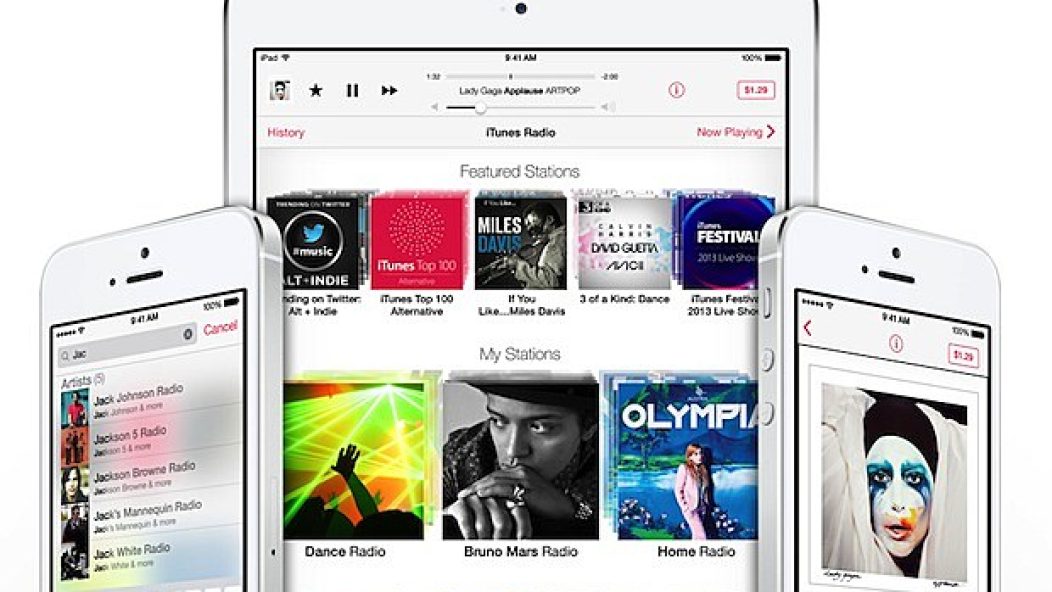
iTunes Radio released in U.S.
With the release of its latest mobile operating system, iOS 7, as well as an update to iTunes (iTunes 11.1), Apple has taken its first serious steps into the arena of streaming music today with iTunes Radio.
More akin to Pandora than Spotify in its model, iTunes Radio is currently only available to U.S. customers, and functions more like a discovery tool than as a service to replace music downloads. Still, as a platform plugged into Apple's vast catalog, and one that is built into a widely popular line of portable devices, iTunes Radio stands the potential to quickly become a major player in the music streaming market.
Below, find out more about Apple's new service.
How to get iTunes Radio
If you're already an iTunes customer and you live in the U.S., chances are you'll be able to use iTunes Radio. On your Mac or PC, simply update to the latest version of iTunes (11.1) and it will show up automatically in a new “Radio” tab. If you own an iOS device, and it's able to be updated to iOS 7 (iPhone 4 and beyond, iPad 2 and beyond, iPad mini, and current iPod Touch), iTunes Radio will appear in the “Music” app (where your downloads all live). Additionally, Apple TV owners can access iTunes Radio through a new app on their homescreen.
The cost of iTunes Radio
iTunes Radio is a free service but, like Pandora and Spotify, it is subsidized with ads. Though they may seem like an inconvenience, ads go to ensure that artists are paid for each stream. Brands are already betting big on Apple's service, and are paying top dollar for ad time. However, if you're an iTunes Match subscriber, you can listen to iTunes Radio ad-free.
What sets iTunes Radio apart
Though it is very similar to Pandora on the surface, iTunes Radio has the added benefit of access to Apple's entire 26 million+ song catalog, including The Beatles, Led Zeppelin, and more. Like Pandora, stations can be created based on artist or genre, and songs can be favorited or removed to help iTunes Radio learn your taste. Apple has also added some robust controls such as the ability to set a ratio of hits to discovery within a station. Unsurprisingly, iTunes Radio syncs across platforms through your AppleID, and the ability to purchase songs from iTunes is built in. Out of the gate, iTunes Radio also boasts curated stations, with guest artist DJs, branded genre stations and more.
Why it matters
Apple won't reinvent music streaming like it did with music downloads, and it doesn't intend to. What the tech giant is betting on, and what would be the greatest benefit to the music industry, is for iTunes Radio to become a popular tool of discovery; a way for listeners to find and share new artists, and to be reminded of songs and bands that they enjoy. The hope is that, in turn, customers will buy more music, generating revenue for artists from both streams and downloads. Beyond Apple's own ecosystem, the service could function as a platform of exposure for emerging artists, helping draw fans to their performances. Though its success remains to be seen, and Apple is certainly not infallible (remember Ping, their failed attempt at a music-centric social network?), iTunes Radio provides a service the market clearly wants from a company that it clearly trusts; meaning, the future of streaming music will be an interesting battle.
Have you tried iTunes Radio yet? Will it replace Pandora or Spotify for your music streaming needs? Let us know in the comments!










